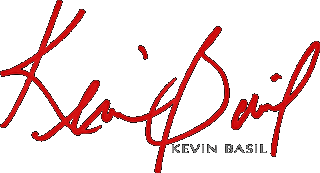The Real Point of “The Life of Saint Mary of Egypt,” Part III
Warning: Undefined property: linknotes::$count in /var/www/vhosts/basil/kbsite/blog/wp-content/plugins/linknotes.php on line 87
Warning: Undefined variable $links in /var/www/vhosts/basil/kbsite/blog/wp-content/plugins/linknotes.php on line 75
 In Part I, I examined the context in which Saint Sophronius wrote “The Life of Saint Mary of Egypt.” He draws on a long tradition of monastic literature in which there are several similar stories which he amplifies in his tale. In Part II, I briefly summarized the tale as Sophronius tells it, and I examined the character of Saint Zosimus. Sophronius describes Zosimus as a nearly perfect monk, the “monk’s monk,” so to speak, who begins to be tormented by thoughts that he is perfect and there is no one on earth who could teach him anything further. He enters the desert as a temporary hermit, according to the custom of his monastery for Lent, “hoping to find a holy father dwelling there, who could help him to find what he longed for,” someone to teach him some new ascetic discipline, so that he can attain even greater heights of ascetic perfection.
In Part I, I examined the context in which Saint Sophronius wrote “The Life of Saint Mary of Egypt.” He draws on a long tradition of monastic literature in which there are several similar stories which he amplifies in his tale. In Part II, I briefly summarized the tale as Sophronius tells it, and I examined the character of Saint Zosimus. Sophronius describes Zosimus as a nearly perfect monk, the “monk’s monk,” so to speak, who begins to be tormented by thoughts that he is perfect and there is no one on earth who could teach him anything further. He enters the desert as a temporary hermit, according to the custom of his monastery for Lent, “hoping to find a holy father dwelling there, who could help him to find what he longed for,” someone to teach him some new ascetic discipline, so that he can attain even greater heights of ascetic perfection.
When first we encounter Mary, Zosimus wonders if she might be a demonic phantasm, evoking Christ’s temptation in the wilderness,[1] but from the beginning she is shown to be an ascetic who charismatically earns the authority to be a spiritual guide. She is characterized as a thaumaturge—a wonder-worker—who unselfconsciously commands the created order: by clairvoyance and by levitating a cubit (a foot and a half) above the ground. So before she begins narrating her life, the story within the story, we already know she’s a living saint[2] (whereas we may have wondered about Zosimus’ sanctity, since he is described as being precipitously close to succumbing to pride).
Once she begins telling her story, however, she reveals herself to have been a harlot among harlots—the “sinner’s sinner,” as it were. Read the rest of “The Real Point of “The Life of Saint Mary of Egypt,” Part III”
